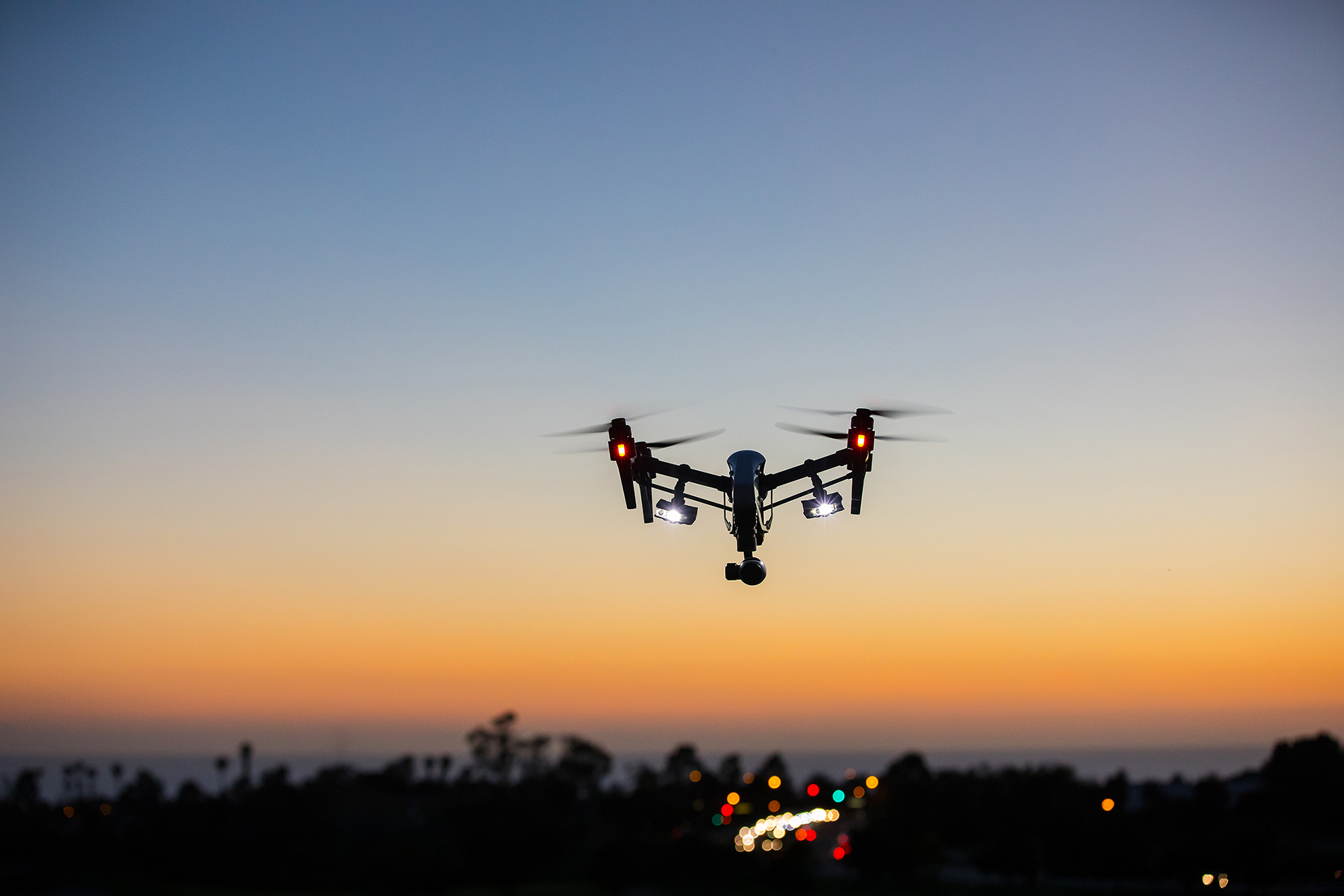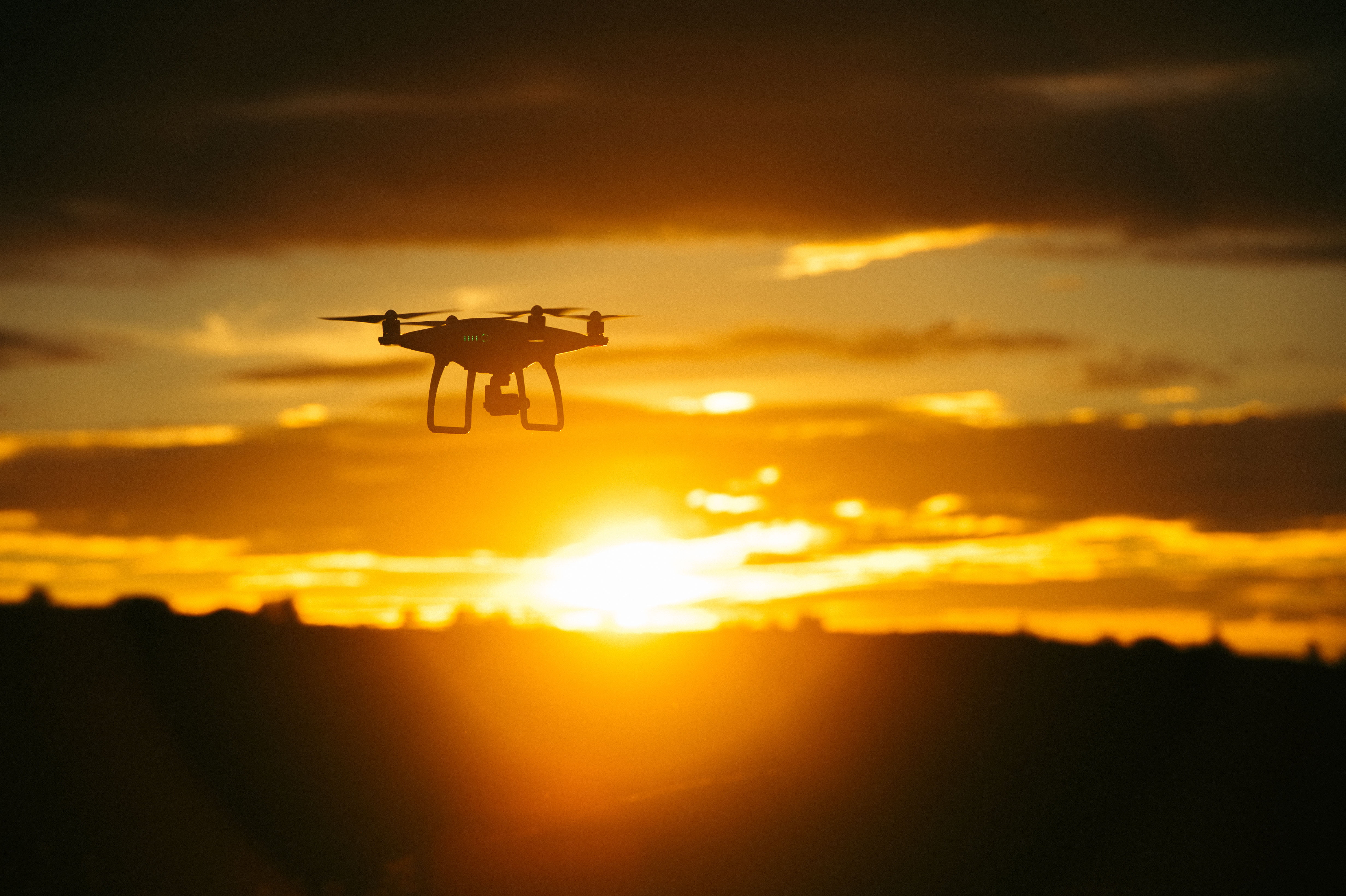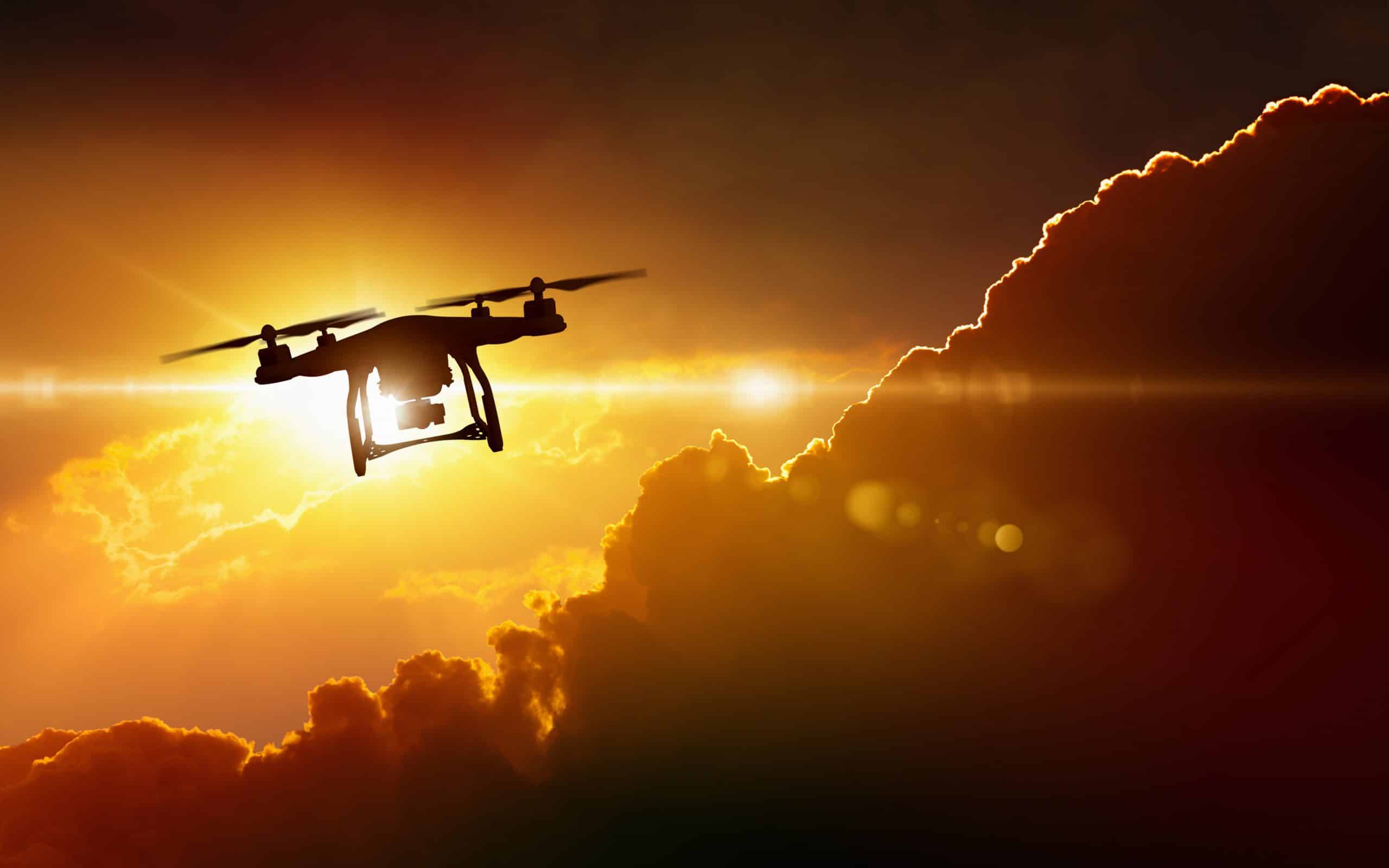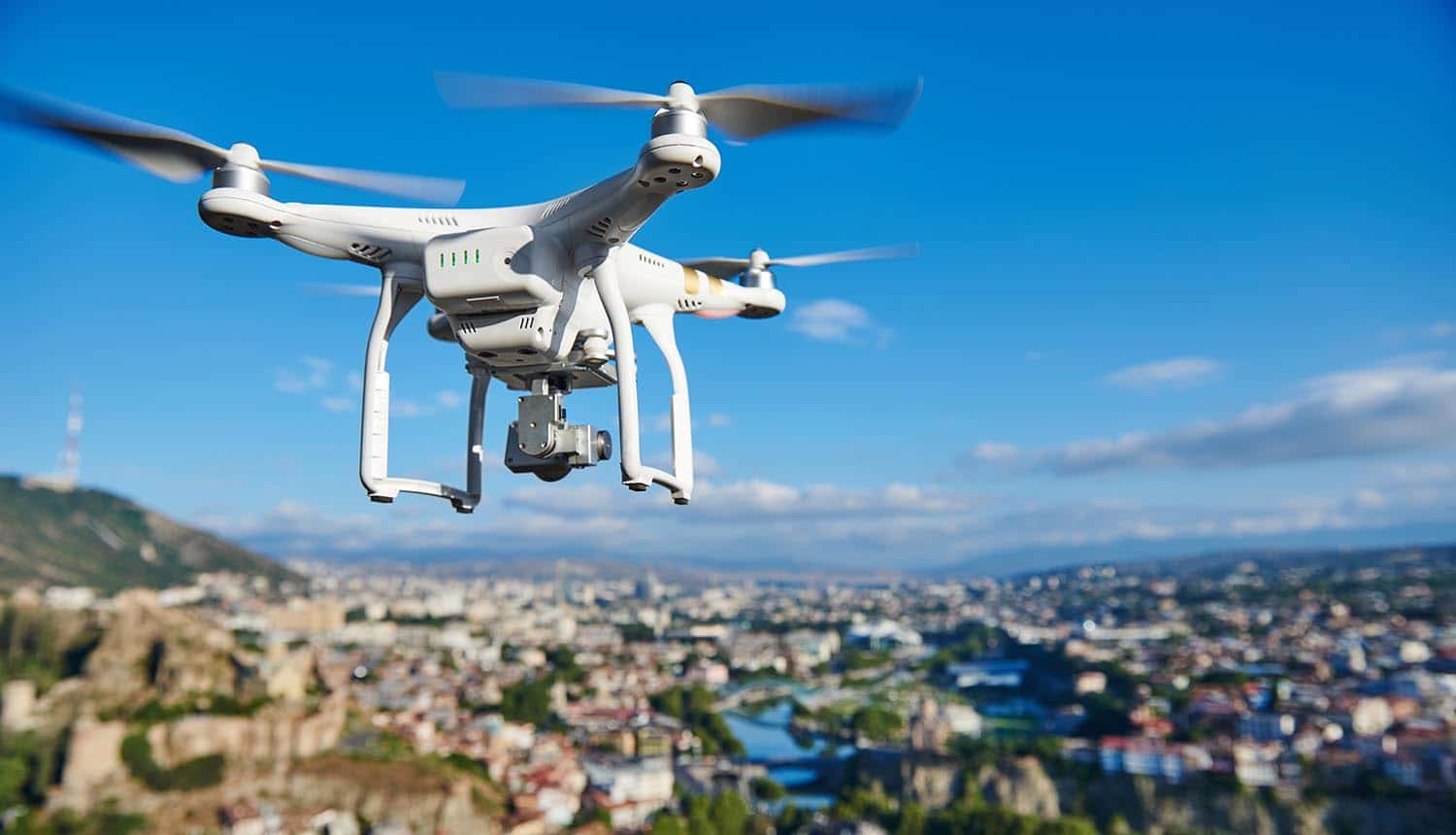Sky elements drones – Sky element drones are revolutionizing various sectors, offering unprecedented capabilities for data acquisition and analysis. From precision agriculture to infrastructure inspection, these unmanned aerial vehicles (UAVs) are transforming how we monitor and interact with our environment. This exploration delves into the technological advancements, practical applications, and ethical considerations surrounding this rapidly evolving field.
The integration of advanced sensors, AI, and machine learning is driving innovation in sky element drone technology, enabling autonomous operations and sophisticated data processing. This allows for efficient data collection across diverse sectors, leading to improved decision-making and operational efficiency. Understanding the regulatory frameworks and ethical implications is crucial for responsible deployment and widespread adoption.
Sky Element Drone Applications
Sky element drones, characterized by their advanced sensor capabilities and autonomous flight functionalities, are rapidly transforming various sectors. Their unique attributes, including extended flight times and sophisticated data processing capabilities, allow for applications previously unattainable with traditional aerial platforms. This section will explore diverse commercial applications, highlighting the benefits and challenges associated with their deployment.
Commercial Applications of Sky Element Drones
The versatility of sky element drones is evident across a wide range of industries. The following table showcases examples, categorizing them by sector, application, benefits, and challenges.
| Sector | Application | Benefits | Challenges |
|---|---|---|---|
| Agriculture | Precision farming (crop monitoring, spraying) | Improved yield, reduced pesticide use, optimized resource allocation | High initial investment, dependence on reliable network connectivity, regulatory compliance |
| Infrastructure Inspection | Bridge, pipeline, and power line inspection | Enhanced safety, reduced inspection time, detailed data acquisition | Adverse weather conditions, potential for drone damage, data processing complexities |
| Search and Rescue | Locating missing persons, assessing disaster areas | Rapid deployment, wide coverage area, improved situational awareness | Limited battery life, challenging terrain, communication disruptions |
| Construction | Site surveying, progress monitoring, safety inspections | Improved efficiency, enhanced safety, accurate progress tracking | Integration with existing workflows, data security, potential for accidents |
Unique Capabilities of Sky Element Drones
Compared to traditional aerial platforms like manned aircraft or tethered drones, sky element drones offer several key advantages. Their advanced autonomy features enable them to perform complex tasks with minimal human intervention, leading to increased efficiency and reduced operational costs. Their extended flight times and sophisticated sensor payloads provide richer and more comprehensive data sets for analysis.
- Enhanced autonomy: Capable of navigating complex environments and performing pre-programmed tasks with minimal human intervention.
- Extended flight time: Longer endurance compared to traditional drones, allowing for more extensive data acquisition.
- Advanced sensor integration: Integration of multiple sensors (LiDAR, hyperspectral cameras, etc.) for comprehensive data collection.
- Real-time data processing: Onboard processing capabilities enable near real-time data analysis and decision-making.
Regulatory Landscape of Sky Element Drones
The regulatory landscape surrounding the operation of sky element drones varies significantly across different countries. Factors such as airspace restrictions, pilot licensing requirements, and data privacy regulations influence the deployment of these technologies. Navigating these regulations is crucial for safe and legal operation.
Technological Aspects of Sky Element Drones
The technological advancements driving the capabilities of sky element drones are substantial. This section explores the key technological components that enable their functionalities, focusing on sensor integration, power sources, and AI integration.
Sensor Integration in Sky Element Drones

Sky element drones leverage a variety of sensors to collect diverse data sets. The choice of sensors depends on the specific application and desired data output.
- Cameras: High-resolution RGB, thermal, and multispectral cameras capture visual and thermal imagery for various applications.
- LiDAR: Light Detection and Ranging (LiDAR) sensors create precise 3D models of the environment, useful for mapping and surveying.
- Radar: Radar sensors detect objects and measure their distance, speed, and direction, enhancing situational awareness.
- Hyperspectral Cameras: These cameras capture data across a wide range of wavelengths, providing detailed information about the spectral signatures of objects.
Power Sources for Sky Element Drones
The power source significantly impacts the flight time and operational range of sky element drones. Battery technology is constantly evolving, with advancements focusing on increasing energy density and reducing weight.
- Lithium-ion batteries: Currently the most common power source, offering a good balance of energy density and weight.
- Fuel cells: Offer longer flight times than batteries but are more complex and expensive.
- Hybrid systems: Combine batteries and fuel cells to optimize flight time and range.
AI and Machine Learning in Sky Element Drone Operations
A hypothetical scenario involves a construction site where a sky element drone, equipped with AI-powered object detection and obstacle avoidance, autonomously inspects structural elements. The drone uses machine learning algorithms to identify potential defects, such as cracks or corrosion, and automatically generates reports, enhancing safety and efficiency. Real-time data analysis and alerts allow for immediate action, minimizing risks and improving overall project timelines.
Data Acquisition and Analysis with Sky Element Drones
Data acquisition and subsequent analysis are critical aspects of sky element drone operations. Efficient data handling is essential for deriving meaningful insights from the collected information.
Data Acquisition Process
Data acquisition involves the collection of data from various sensors onboard the drone. This data is typically stored in various formats, including images (JPEG, TIFF), point clouds (LAS, XYZ), and sensor-specific data formats. Data storage methods range from onboard SD cards to cloud-based storage solutions, depending on data volume and accessibility requirements. Data transfer methods include direct download from the drone, wireless transfer via cellular or satellite communication, and automated uploads to cloud servers.
Sky elements drones, known for their robust design and advanced features, are increasingly used in various applications. However, safety remains paramount, as highlighted by a recent incident; you can read more about a significant florida drone accident that underscored the importance of responsible operation. Understanding such events helps improve safety protocols for sky elements drones and similar technologies moving forward.
Data Processing and Analysis
Processing and analyzing the large datasets generated by sky element drones require specialized software and algorithms. Data visualization techniques, such as 3D modeling and interactive maps, play a crucial role in interpreting the data and presenting findings in a user-friendly manner. Software packages like ArcGIS Pro, QGIS, and specialized drone data processing software are commonly employed for this purpose.
Algorithms such as image stitching, point cloud registration, and object detection are used to enhance data quality and extract meaningful information.
Specific Algorithms and Software
For instance, Structure from Motion (SfM) algorithms are frequently used to generate 3D models from a series of overlapping images captured by the drone. Photogrammetry software, such as Pix4D and Agisoft Metashape, utilize these algorithms to create high-resolution 3D models and orthomosaics. These models are then used for various applications, such as volume calculations, change detection, and 3D visualization.
Sky elements drones are revolutionizing aerial displays, offering unparalleled visual experiences. For a prime example of this innovative technology in action, check out the spectacular light shows at the florida drone show , showcasing the artistry and precision possible with advanced drone choreography. The possibilities for sky elements drones, as demonstrated by such events, are truly limitless.
Safety and Ethical Considerations
The safe and ethical use of sky element drones is paramount. Addressing potential hazards and ethical dilemmas is crucial for responsible implementation.
Potential Safety Hazards and Mitigation Strategies

- Drone malfunctions: Regular maintenance, pre-flight checks, and redundancy systems can mitigate this risk.
- Loss of control: GPS signal loss, interference, and operator error require robust fail-safe mechanisms and training.
- Collisions with obstacles or people: Advanced obstacle avoidance systems and careful flight planning are essential.
- Data breaches: Secure data storage and transmission protocols, and appropriate access controls are needed.
Ethical Implications of Sky Element Drones
The use of sky element drones raises several ethical concerns, particularly regarding privacy and data security. The potential for unauthorized surveillance and data misuse necessitates the establishment of clear guidelines and regulations to ensure responsible data handling and protect individual privacy. Transparency and accountability in data collection and usage are crucial.
Hypothetical Ethical Dilemma

Imagine a scenario where a sky element drone, used for infrastructure inspection, inadvertently captures sensitive personal information. The ethical dilemma arises in balancing the need for infrastructure safety with the protection of individual privacy. A solution might involve anonymizing personal data, implementing strict data access protocols, and establishing a clear process for addressing privacy concerns.
Future Trends and Developments: Sky Elements Drones
The future of sky element drones is marked by ongoing technological advancements and expanding applications. This section explores potential trends and their societal impact.
Future Trends in Sky Element Drone Technology
Advancements in sensor technology, AI integration, and autonomy are expected to drive significant improvements in sky element drone capabilities. Smaller, lighter, and more energy-efficient drones with enhanced sensor capabilities and improved autonomous navigation will become increasingly prevalent. The integration of AI and machine learning will enable more sophisticated data analysis and decision-making, leading to enhanced efficiency and safety.
Impact of Emerging Technologies
Emerging technologies like blockchain and the Internet of Things (IoT) are poised to further revolutionize the field. Blockchain can enhance data security and transparency, while IoT integration can facilitate seamless data sharing and communication between drones and other systems.
Sky elements drones, known for their robust design and advanced features, are increasingly utilized in various applications. However, even with rigorous testing, incidents can occur, as highlighted by a recent florida drone accident that underscores the importance of safety protocols. Understanding such incidents helps improve the overall safety and reliability of sky elements drones and similar technologies.
Societal Impact of Widespread Adoption
The widespread adoption of sky element drones presents both opportunities and challenges. On the one hand, they offer significant potential for improving efficiency, safety, and sustainability across various sectors. On the other hand, concerns regarding privacy, data security, and job displacement need to be carefully addressed. A balanced approach, involving collaborative efforts between policymakers, industry stakeholders, and the public, is crucial to ensure the responsible and beneficial integration of this technology into society.
Illustrative Examples
The following examples showcase the diverse applications of sky element drones across various sectors.
Search and Rescue Operation
In a search and rescue operation, a sky element drone equipped with thermal imaging and high-resolution cameras is deployed to locate a missing hiker in a mountainous region. The drone’s autonomous navigation capabilities allow it to cover a large area efficiently. The thermal camera detects the hiker’s body heat, and the high-resolution camera captures detailed images, providing crucial information for rescue teams.
Data collected includes thermal imagery, high-resolution photographs, and GPS coordinates of the hiker’s location.
Environmental Monitoring, Sky elements drones

A sky element drone equipped with a hyperspectral camera is used for environmental monitoring in a forest area. The drone systematically surveys the area, collecting hyperspectral data that reveals information about the health and condition of the trees. This data allows researchers to identify areas affected by disease or stress, providing valuable insights for forest management and conservation efforts.
The data gathered includes hyperspectral images, GPS coordinates, and processed data indicating tree health indicators.
Hypothetical Future Application in Agriculture
In the future, autonomous sky element drones could be deployed in precision agriculture to monitor crop health in real-time. Equipped with advanced sensors and AI, these drones would identify individual plants requiring attention, optimizing water and fertilizer application. They could also automatically identify and treat diseased plants, reducing the need for broad-spectrum pesticides. This precision approach would lead to higher yields, reduced environmental impact, and improved resource management.
Sky element drones represent a significant leap forward in aerial technology, promising transformative applications across numerous industries. While challenges remain regarding regulation, safety, and ethical considerations, the potential benefits—from enhanced environmental monitoring to improved disaster response—are undeniable. Continued innovation and responsible development will ensure the safe and effective integration of these powerful tools into our future.
Key Questions Answered
What is the typical flight time of a sky element drone?
Flight time varies greatly depending on the drone’s size, battery capacity, and payload. It can range from 15 minutes to over an hour.
How much do sky element drones cost?
The cost of sky element drones varies widely depending on features, capabilities, and manufacturer. Prices can range from a few hundred dollars to tens of thousands of dollars.
What are the main safety concerns associated with sky element drones?
Major safety concerns include loss of control, battery failure, collisions with obstacles, and potential harm to people or property.
What types of data can sky element drones collect?
Sky element drones can collect a wide range of data including high-resolution imagery, LiDAR point clouds, thermal data, and other sensor readings depending on their payload.